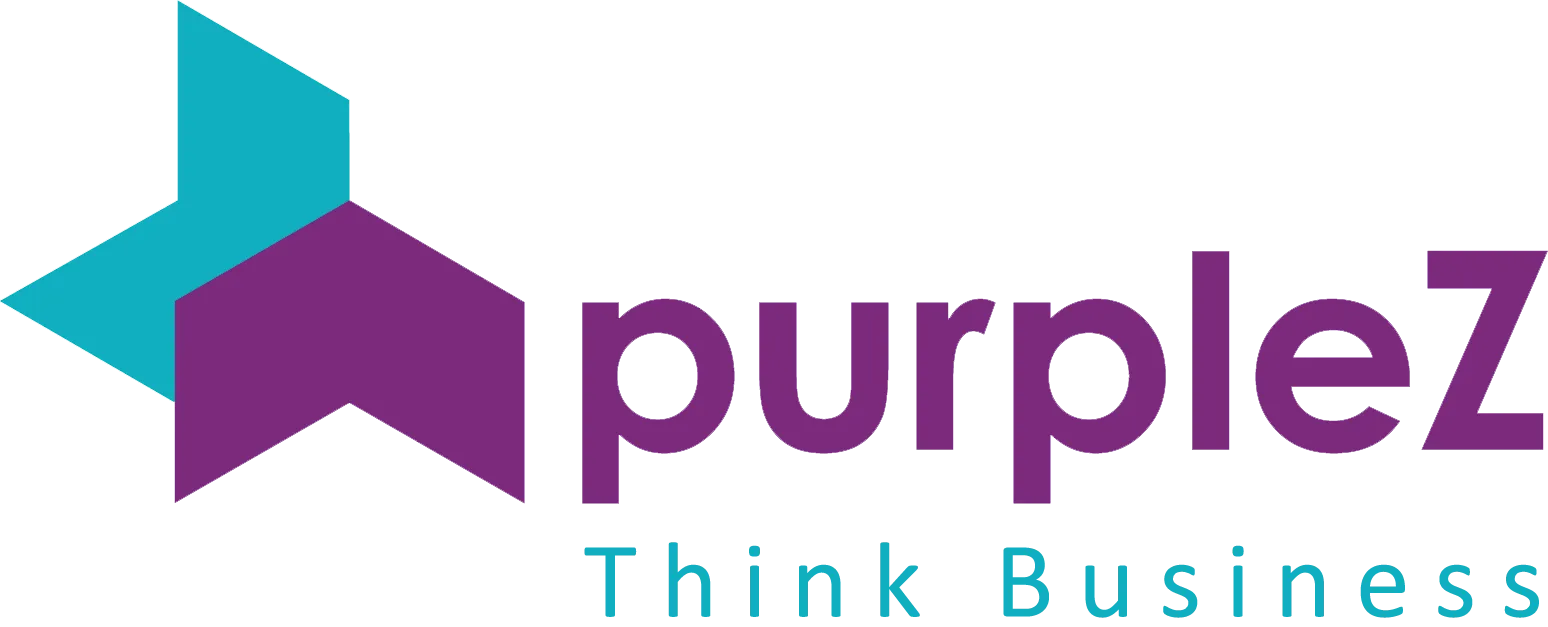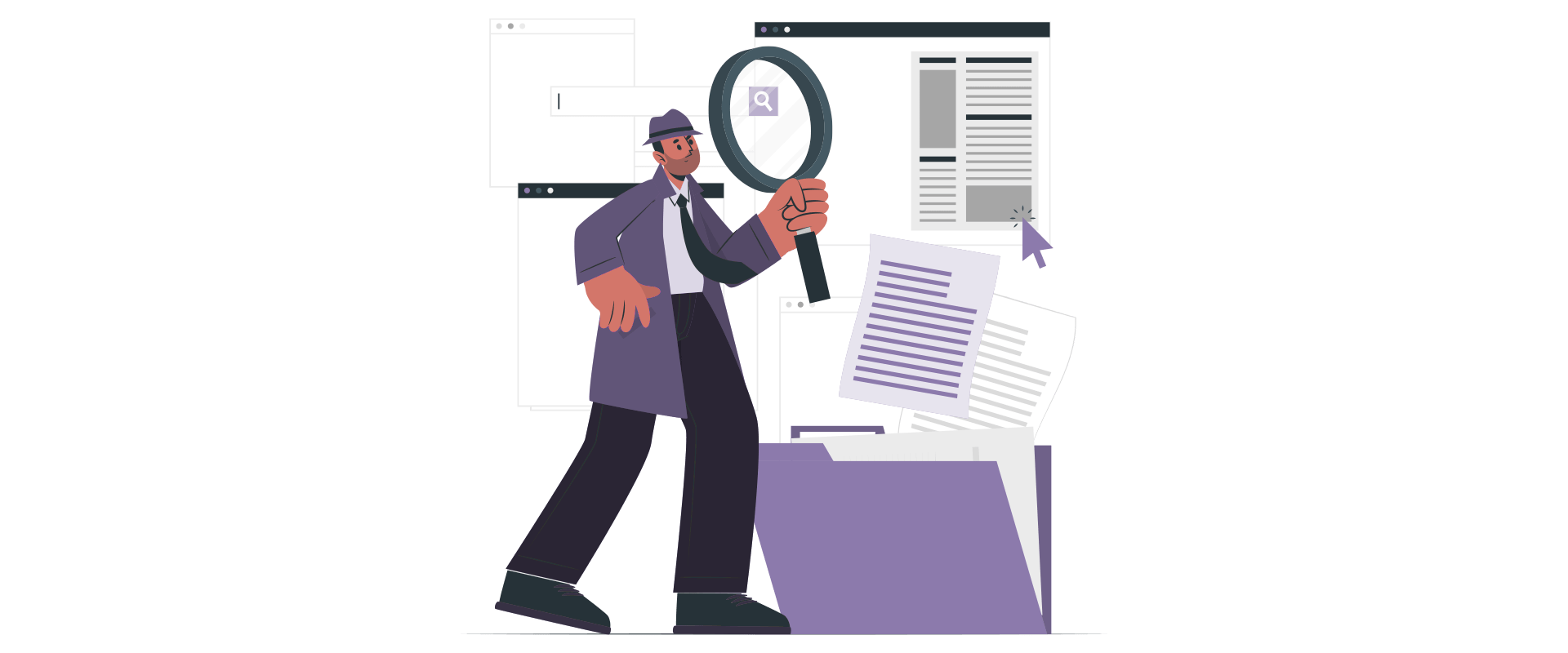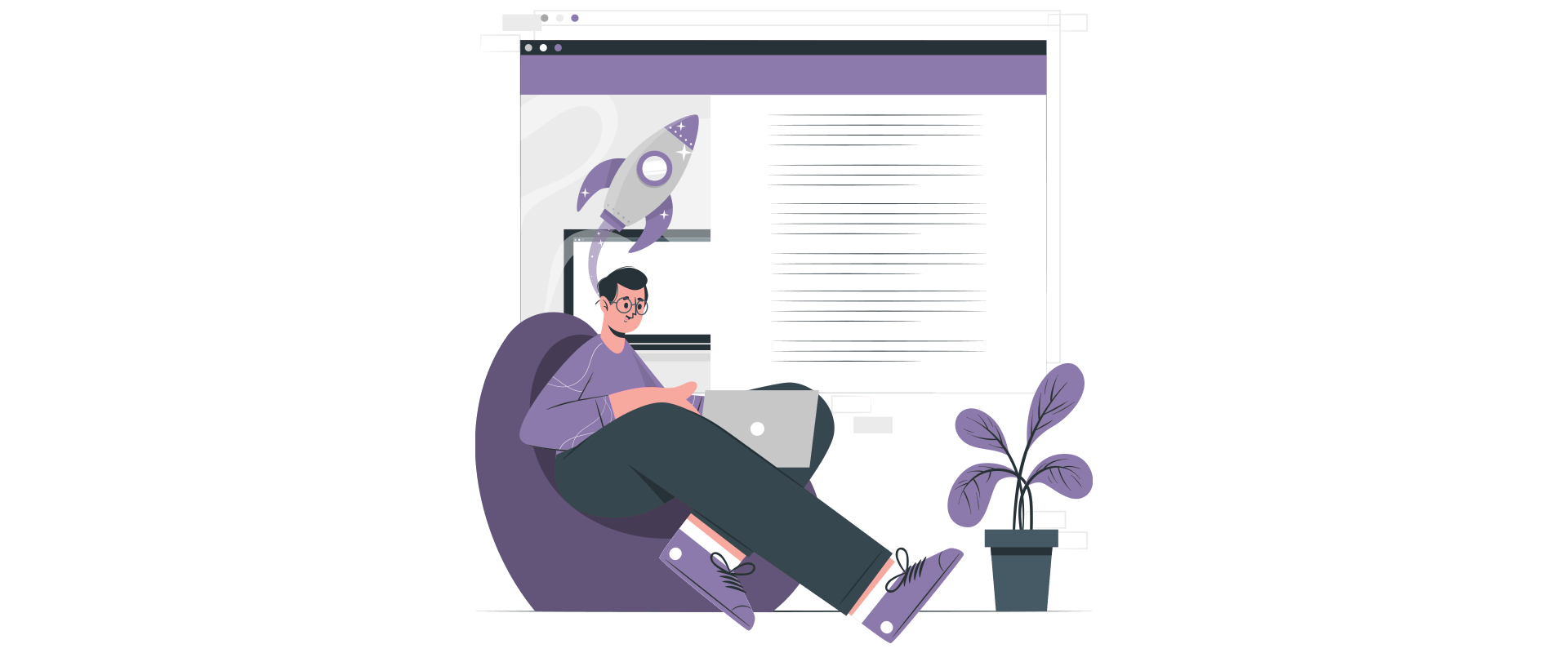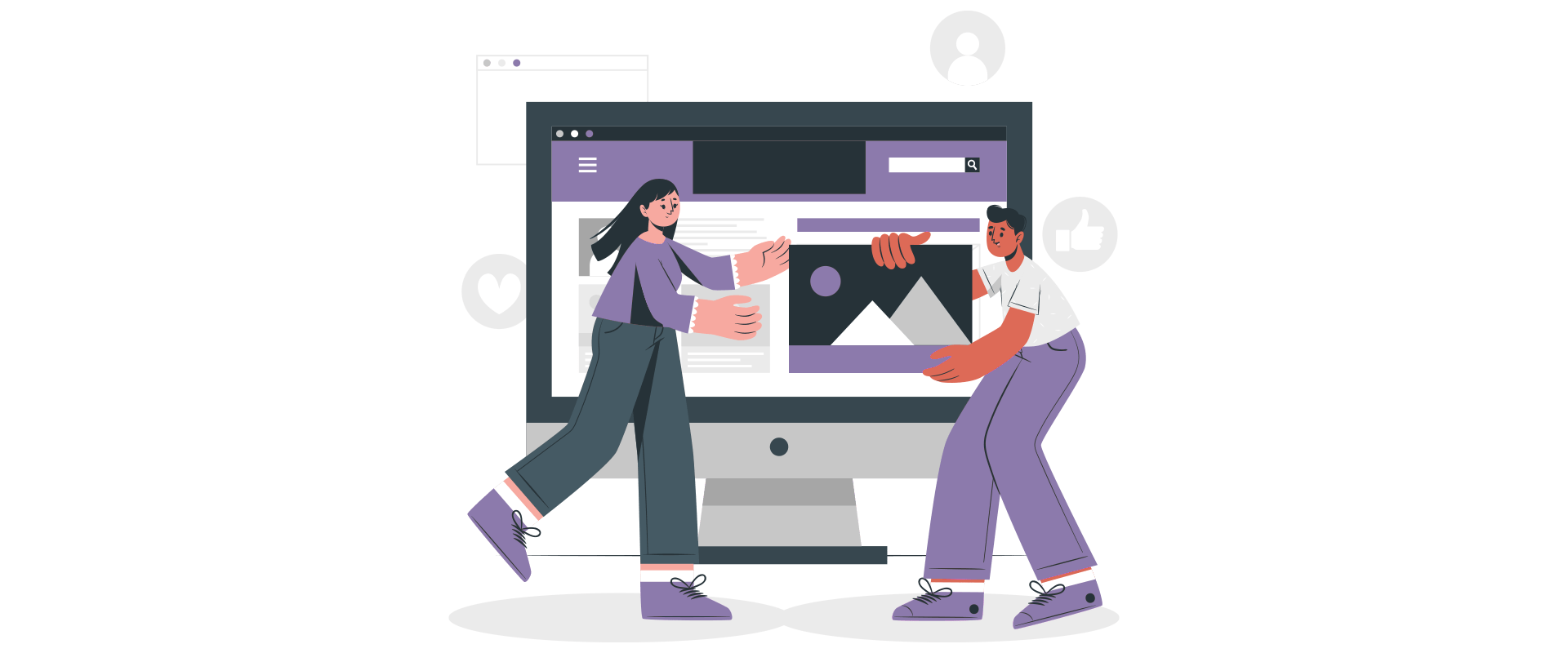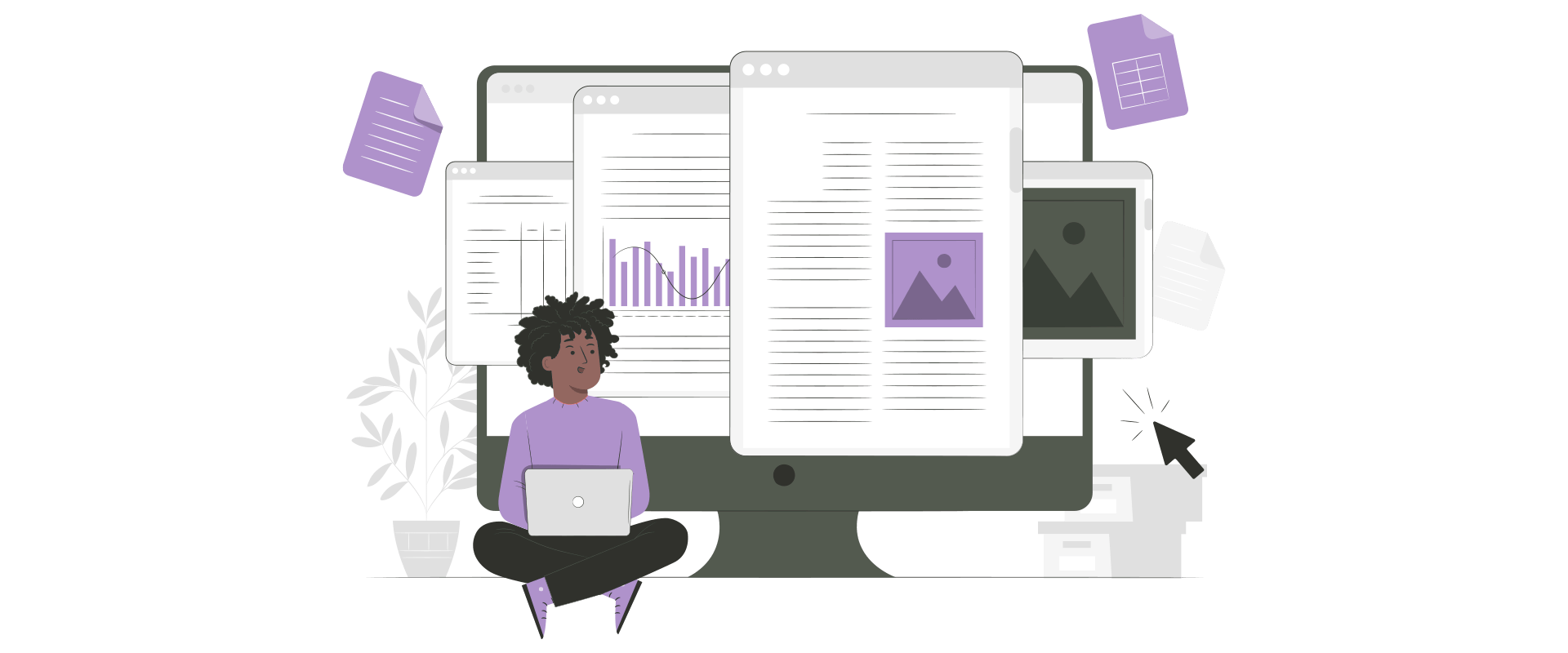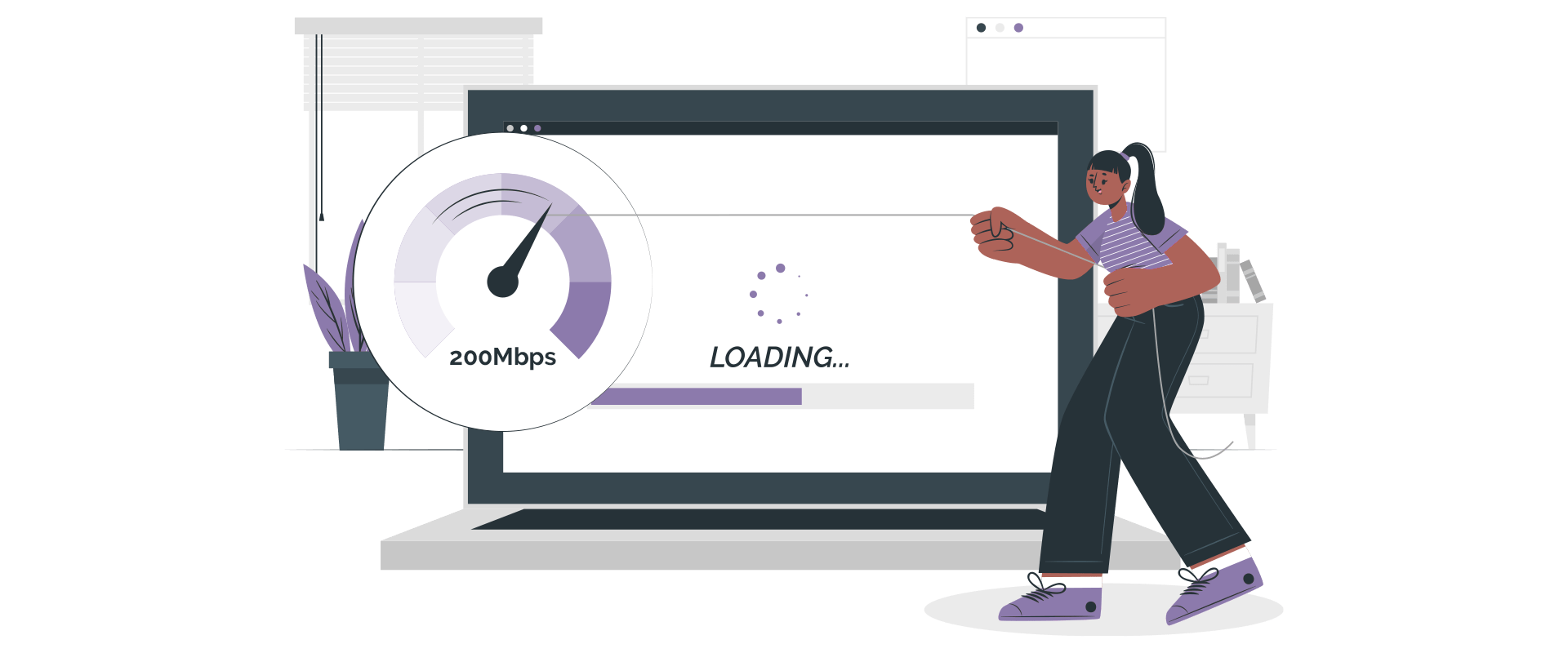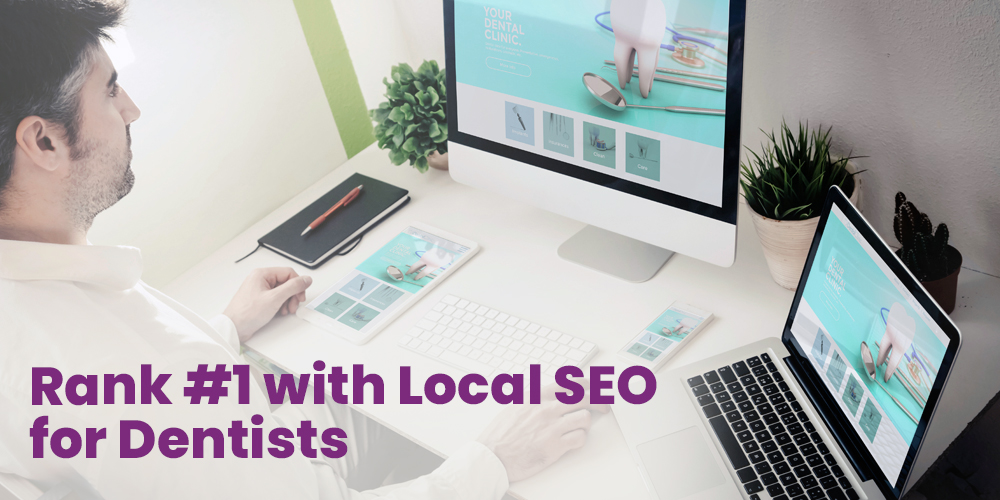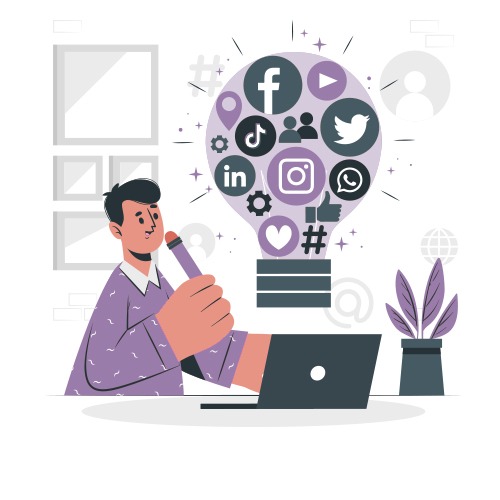Onpage SEO refers to optimizing factors directly under a website’s control to improve its rankings and visibility in organic search engine results. Unlike offpage SEO which focuses on building external signals like backlinks, onpage SEO focuses entirely on making changes to the website.
While offpage factors like links remain important, search engines rely more heavily on onpage signals to understand a page’s content and determine its relevance for a search query. With the right onpage optimizations, websites can better meet user intent and provide a seamless experience, leading to improved clickthrough and lower bounce rates.
The main elements of onpage SEO service include:
- Optimizing title tags and meta descriptions.
- Using strategic heading tags.
- Enhancing website speed.
- Optimizing images.
- Crafting compelling content.
- Structuring a site’s internal linking and URL structure.
When done correctly, on-page SEO ensures that search engines can easily crawl, index, and comprehend a website’s pages; this allows them to rank the website appropriately for relevant user queries and drive more qualified organic traffic to the site. Mastering onpage optimization is key for brands that want to rank higher and gain visibility amidst stiff competition in search results. Keep on reading this blog post by PurpleZ to learn more.
Keyword Research
The keywords you target will inform much of your optimization efforts moving forward. When researching keywords, identify high-value terms that align with your business goals and have adequate search volume.
Think about the products, services, and topics covered on your website. Also, consider words your customers may use when searching for what you offer.
Next, free keyword research tools like Google’s Keyword Planner, SEMrush, or Ahrefs can be used to obtain search volume data. Avoid ultra-high-volume terms like “shoes,” which will be incredibly competitive.
Now, map your target keywords to relevant pages on your site. Ensure each page is optimized for a primary keyword and a few secondary keywords. This keyword mapping process will guide your optimization of title tags, content, etc.
Optimizing Title Tags
Your page’s title tag is a critical on-page SEO element. It appears prominently in search results as the clickable headline for your listing. An optimized title tag can boost clickthrough rates (CTR) and rankings.
Follow these best practices to curate a useful title tag:
Keep it 50-60 Characters
Longer titles may be truncated in search results, so aim for 50-60 characters. Shorter titles under 40 chars can also work for very focused topics.
Include Your Target Keyword
Main keyword has to appear in the title tag, ideally within the first three words. This signals relevance to search engines.
Create Compelling Titles
Titles should entice searchers to click and read more. Use concise, descriptive wording focused on your keyword. Add extra details to differentiate your page.
Format with Separators
Separate keyword phrases, brands, and locations using pipes, dashes, or colons for improved readability. For example, “Best SEO Title Tags | 2023 Formatting Tips.”
Avoid Duplication
Each page needs a unique title tag. Don’t just reuse your homepage title; it should reflect the specific content of that page.
Keep Branding Consistent
Maintain your brand name at the start or end of title tags for consistency across your site.
Optimizing your title tags boosts onpage SEO and visibility in search results. Follow these guidelines to maximize clicks and conversions from organic traffic.
Meta Description Optimization
The meta description summarizes a web page in search results below the page title. Optimizing your meta descriptions is crucial for search engine clickthrough rates (CTR). Here are some best practices for meta tag optimization:
Ideal Length
Google truncates meta descriptions to around 155-160 characters. It’s best to keep your meta description within this range. It needs longer, and you may miss out on valuable real estate to enhance CTRs. It’s too long, and the extra text won’t be seen. One hundred fifty-five characters is the optimal length.
Formatting
Write the meta description in short sentences and include your target keyword near the beginning. This helps catch the searcher’s attention right away. Use compelling language that makes them want to click.
Avoid Duplication
Every page should have a unique, customized meta description relevant to the content on that page.
Include Target Keyword
Include your target keyword naturally in the meta description. This helps improve clickthrough rates when searches are made for that keyword. But don’t keyword stuff, as that looks spammy.
Review and Refine
Analyze the CTR of your top-ranking pages and refine the meta descriptions over time to increase clicks. The meta description offers a prime opportunity to boost conversions from search traffic.
Heading Tags Optimization
Heading tags (H1, H2, H3) are important for users and search engines. They help establish a page’s hierarchy and structure, making it easier to read and navigate. Headings help search engines understand what a page is about when optimized properly. Here are the best practices for heading tag optimization:
Use One H1 Per Page
Each page should have an H1 tag containing the main page keyword or title. This helps search engines immediately identify the page topic. Any additional headings on the page should start from H2.
Include Keywords in Headings
Headings should contain relevant keywords where possible. However, avoid keyword stuffing, as this looks unnatural. Focus on creating headings that make sense for users while including keywords.
Follow a Logical Hierarchy
Headings should reflect the informational hierarchy on the page. H1 is the main heading, H2 is the subheading, H3 is the sub-subheading, and so on. This creates an outline-like structure that is easy to digest.
Avoid Skipping Heading Levels
Include heading levels on a page, as this can break the logical structure. For example, don’t jump from H2 to H4. Instead, use H3 as the next level down.
Optimize Top-Level Headings First
Optimize H1 and H2 tags before lower-level tags like H3 or H4. Higher-level tags will send stronger optimization signals.
Check Length and Formatting
Headings should be concise, within 60-70 characters. Don’t italicize or bold headings. Format them consistently in terms of case, punctuation, etc.
By optimizing headings properly, you can boost on-page SEO and create a better experience for users. Follow these best practices, but don’t over-optimize at the expense of readability.
Image Optimization
Images play a crucial step in improving on-page SEO and user experience. Optimizing images involves several best practices:
- Use image optimization tools to reduce file size without sacrificing quality. This improves site speed. The optimal size is under 100kb per image.
- The alt text describes the image for accessibility and SEO. It should concisely describe the image content and include relevant keyword phrases.
- Include primary and secondary keywords in the image file name—for example, seo-best-practices-guide-2022.jpg.
- To enhance the page experience, include images relevant to the content. Optimize with keywords where it makes sense.
- Use a content delivery network to host and serve images to improve speed.
- Only load images visible on the user’s screen. Defer offscreen images to accelerate load times.
- Create resized versions of images for different devices. This improves speed and user experience.
- Use next-gen formats like WebP and AVIF that better compress smaller files.
- Use consistent aspect ratios across site images for a cohesive look.
Optimizing images boosts user experience and onpage SEO through faster load times, improved accessibility, and keyword targeting. It’s an essential and often overlooked area of on page optimization.
Content Optimization
Optimizing your content is one of the most important Onpage SEO techniques. Here are some best practices to optimize your content:
Main Keywords
- Research keywords that are relevant to your business
- Incorporate the primary keywords and secondary keywords naturally into your content. Avoid keyword stuffing.
- Long-tail variations of keywords can help improve rankings. Include related long-tail keywords in your content.
Keyword Density
- Aim for a 2-5% keyword density for primary keywords. Too much can penalize your site.
- Secondary keywords can have a lower density of around 1-2%.
- Spread keyword usage throughout your content, not just in one area.
Format Text Properly
- Use brief paragraphs and subheadings (H3, H4) to break up lengthy text passages.
- Use lists and bullet points where applicable.
- Bold and italicize text to emphasize important points.
Multimedia
- Include relevant images, infographics, charts, and videos to improve user engagement.
- Optimize images with descriptive alt text and file names related to target keywords.
Length
- For blog posts and guides, aim for long-form, in-depth content over 2,000 words. Short snippets do not perform as well.
- Cover all aspects of a topic comprehensively for the user.
Following these best practices for optimizing your content will help boost rankings and provide informative content for your audience. Monitor and refine over time.
Internal Linking
One of the most crucial onpage SEO service tactics is internal linking. Effective internal linking facilitates search engines’ more effective crawling and indexing of your website. It also helps establish the topical relevancy and hierarchy of your content.
When linking internally, link to relevant and useful content that provides additional value for users. Don’t just link for the sake of linking—link to pages and content that naturally relate to the current page.
Linking to Related Content
When mentioning a concept, product, person, or idea on a page, consider linking to a dedicated page with more details. For example, if you mention a product on a category page, link to the product page. If you reference a concept, link to a page discussing that concept in-depth.
Pointing visitors to supplementary content improves user experience and signals the connection between your content and search engines.
Anchor Text Optimization
Within a link, anchor text is the text that can be clicked. It provides information about the linked page to visitors and search engines.
Make advantage of informative, keyword-rich anchor language when creating internal links. Use something like “tips for writing effective blog posts” as the anchor text instead of something generic like “click here.”
Vary your anchor text across links to appear natural. However, do include relevant keywords. Anchor text helps convey topical relevance to search engines.
Proper internal linking with strategic anchor text has a huge impact on on-page SEO. Use it thoughtfully to connect your content and guide visitors to useful pages.
URL Structure and Formatting
When optimizing URLs, here are some best practices to follow:
- Use descriptive URLs. The URL should convey the page’s content and include relevant keywords where possible. For example, www.example.com/services/social-media-marketing is better than www.example.com/page32.
- Avoid extremely long URLs. If possible, keep URLs under 100 characters. Extremely long URLs can be difficult for users to read, share, and engage with.
- Use hyphens (-) instead of underscores (_) to separate words. Search engines typically interpret hyphens as word separators, while underscores are seen as spaces. For example, www.example.com/green-tea is preferable to www.example.com/green_tea.
- Create silo link structures to organize related content. Group similar pages together by topic or category within the URL structure. For example, www.example.com/marketing/social-media-marketing shows the relationship between the social media marketing page and the broader marketing category.
- Avoid spammy keywords. Don’t stuff or repeat keywords in URLs unnaturally. It will only confuse users and can negatively impact rankings.
- Implement 301 redirects for changed or removed pages to avoid dead links and redirect users and search engines to the appropriate page.
- Make URLs consistent in structure across the site. Maintain logical patterns that are predictable and scalable.
Paying attention to a site’s URL structure and formatting helps create URLs that are easy for visitors to consume, understand, and interact with. Optimized URLs also provide clear signals to search engines about the topic and relationship between pages.
Site Speed Optimization
Page speed is a critical on-page ranking factor that can significantly impact your site’s SEO. According to Google, page speed should be prioritized since it is a ranking factor for mobile searches.
There are several ways to help improve your overall site speed:
- Optimize and Compress Images
- Implement Caching
- Minify CSS, JavaScript, and HTML
- Enable Compression
- Reduce Redirects
- Optimize Web Fonts
- Lazy Load Assets
- Leverage Browser Caching
You may provide your site users a faster experience and considerably lower page load times by adhering to these best practices. Optimizing speed should be an ongoing process, as a slower site can negatively impact conversions and SEO.
Frequently Asked Questions
Your most asked questions are answered below:
What Are OnPage SEO Services?
OnPage SEO services encompass strategies to optimize individual web pages, both content and HTML source code, to rank high in search engines and earn more relevant traffic. This includes improving meta descriptions, title tags, URLs, content structure, keyword use, and internal links, among other aspects.
Why Are OnPage SEO Services Important?
OnPage SEO services are crucial as they influence how search engines understand your website and determine its relevance to a searcher’s query. Optimizing elements on your website can improve its visibility in search results, driving more organic traffic and, ultimately, conversions.
How Can Keywords Be Optimized for OnPage SEO?
Keywords should be naturally integrated into your content, headers, meta tags, and URLs. It’s crucial to do thorough keyword research using tools like Google Keyword Planner or SEMrush to identify effective keywords relevant to your target audience.
How Do Meta Descriptions Contribute to OnPage SEO?
Meta descriptions help search engines and users understand the content of your page. An engaging and relevant meta description can not only improve your page’s relevance in SERP but also directly influence click-through rates.
In Conclusion
Effective on-page SEO is critical to any successful digital marketing strategy. Throughout this discussion, we’ve emphasized the importance of several best practices that should be at the heart of your on-page SEO efforts.
Moreover, integrating user experience (UX) with on-page SEO strategies is essential. A user-friendly website helps retain visitors and indirectly influences your site’s ranking through metrics like dwell time and bounce rate.
Finally, while on-page SEO is indispensable, it should be complemented with off-page SEO and technical SEO to develop a comprehensive SEO strategy.
As you continue to refine and enhance your on-page SEO techniques, keep an eye on emerging trends and best practices. By doing so, you’ll ensure that your website remains competitive, relevant, and visible in the ever-changing world of search engine optimization. Don’t miss out on a 30% discount on professional SEO services by PurpleZ Inc. Our digital marketing agency aims to improve your search rankings on google and boost your sales and leads. Claim a free consultation by clicking here.
